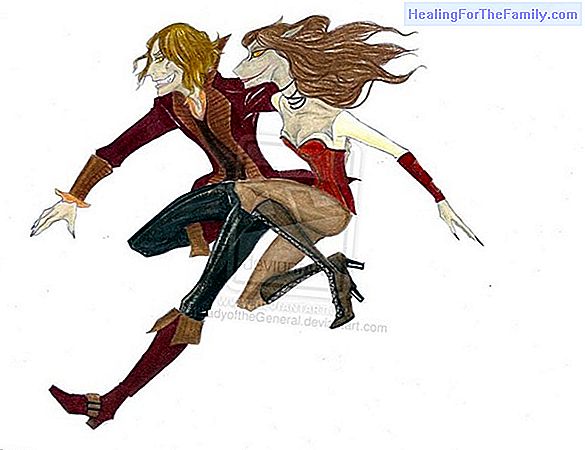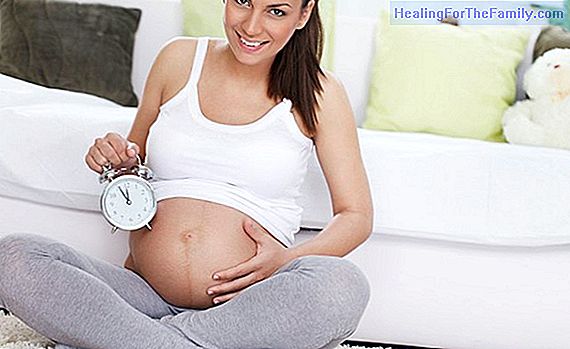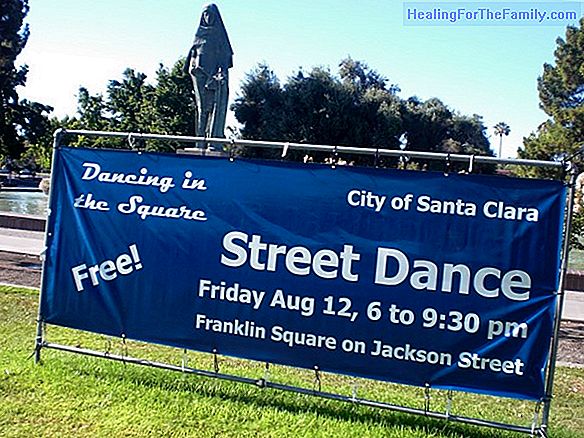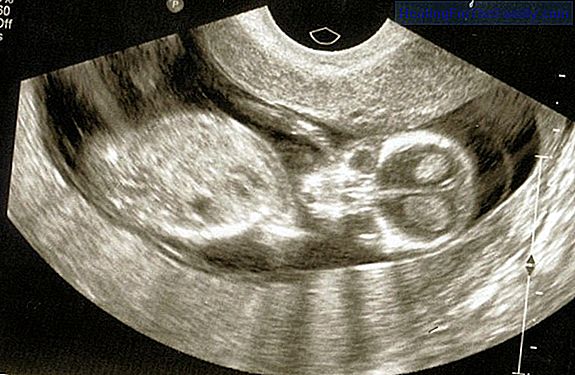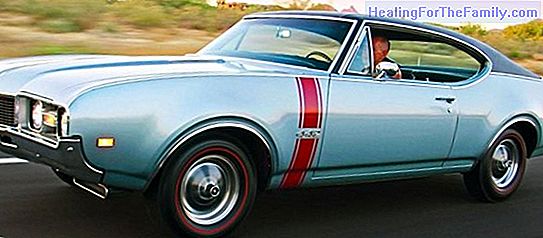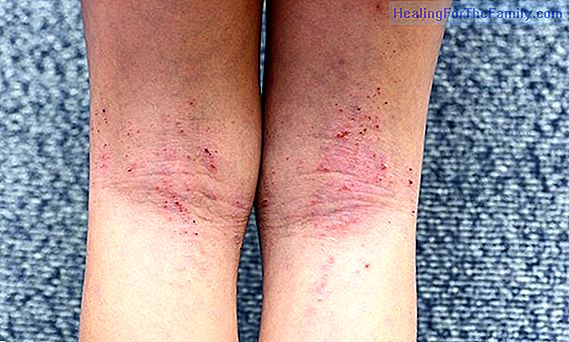The smile and laughter in babies
Once the mother and baby have created an emotional bond, a new form of communication, smile and laughter in babies comes into play. The baby's cry attracts the attention of the parents, and now the baby has to find a way to keep them close. Evolution has given him a special weapon, unique in our spe
Once the mother and baby have created an emotional bond, a new form of communication, smile and laughter in babies comes into play. The baby's cry attracts the attention of the parents, and now the baby has to find a way to keep them close. Evolution has given him a special weapon, unique in our species: the smile. The baby uses it as a reward for his parents. The smile and the laughter in the babies is a voluntary act that shows the affectivity from the first months of life.
Types of smiles in babies
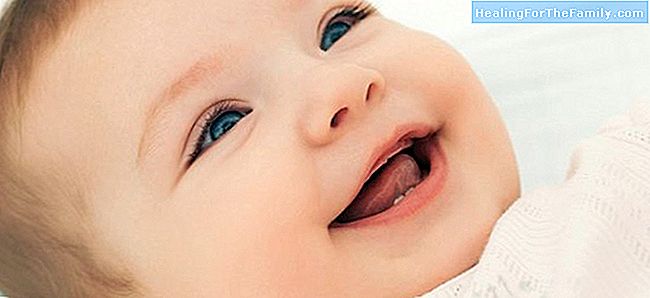
The human being is the only primate who smiles at his parents. Mothers respond innately to this facial expression. Satisfaction is inevitable when they see their baby smile. In one year, the baby will be able to talk to his mother and use a new communication system, but still smiling. The smile is a human characteristic that lasts a lifetime.
Smiling is innate, the baby shows three types of smile:
1. The smilereflects. Appears around the third day and continues during the first month, it is a fleeting smile.
2. The smilegeneral. The four weeks are usually shown, the face lights up and the eyes shine, this smile can be caused by any adult in general.
3. The specific smile. It happens around six months and it is a selective smile; He no longer smiles at strangers, has learned to distinguish familiar faces and reserves the smile exclusively for them.
The smile and laughter in babies
Laughter releases endorphins into the bloodstream and acts as a natural analgesic. In addition, some tests have shown that laughter lowers blood pressure, favors the immune system and reduces the number of stress hormones.
Babies laugh from newborns not as a laugh of satisfaction, but as a grimace that is considered an involuntary act.
The voluntary laughter that arises in babies when their parents play a lot with him, begins to be between the fourth and fifth month. When they do something that the baby likes, he smiles. They repeat the action and the baby smiles again. If they repeat it more times this smile turns into a happy and babbling sound. It is a guttural sound, but, it is clear that it is laughter and not only a reflex reaction to a stimulus.
Actions provoke laughter in the baby
The first action that usually causes the baby's first laugh is the sound of the "fart" on the baby's body. Later on, the laughter of the sounds accompanied by gestures can also provoke laughter in the baby ...
The baby also responds with a laugh when the father or mother hide behind their hands and quickly removes them (the game of the cucu behind) , or when it rocks you from side to side.
The common feature of all these actions is the element of surprise. It's like the jokes in children and adults, almost all jokes are surprising, but whoever tells a comedian or someone not hostile makes people not angry or scared.
The soft laughter of a baby develops into an almost scandalous laugh. These laughs are a series of repeated and rhythmic exhalations that would be represented as "ha-ha-ha".
The relief of knowing that this type of surprise does not cause any pain makes the baby want to repeat the action. Soon he will learn to make him laugh at others by manipulating his actions, vocalizations or his body language. This reinforces the sense of fun and develops their social skills. From now on, the baby wants to be part of all kinds of games.


